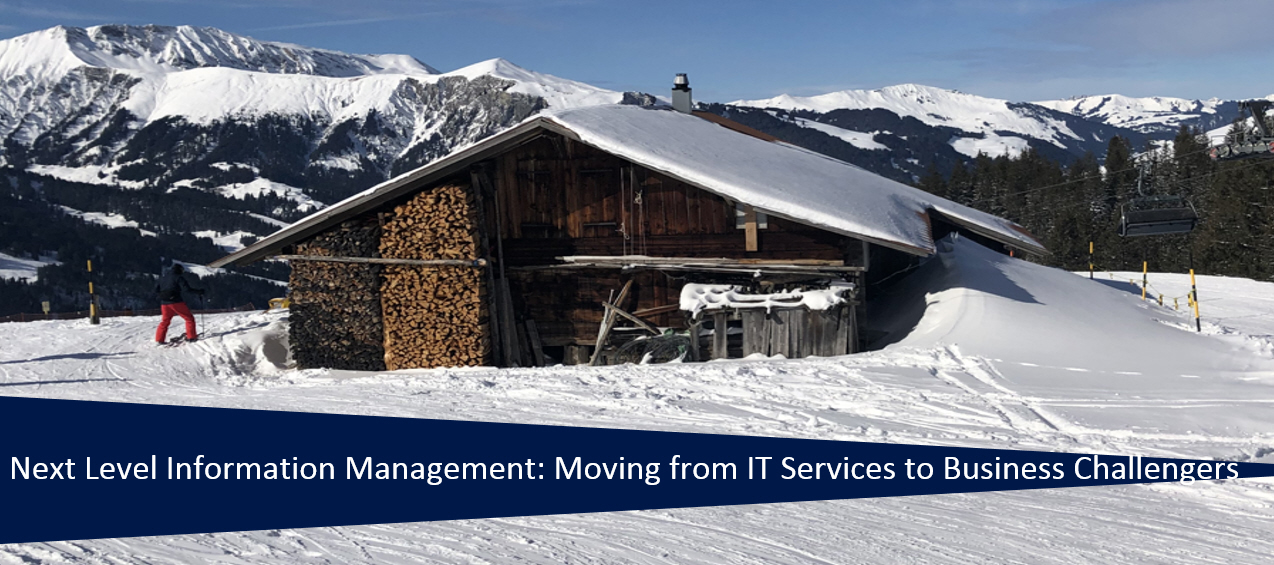
Cloud based IT systems were part of the IT strategies already some years ago. With the recent global agenda caused by lockdown and working from home, cloud strategies were even more pushed by CIO’s.
However, there is a conflict in addressing the new situation. On one hand, companies were busy to set up business continuity management, ensuring that companies suffer minimum impact from the lockdown. Public cloud solutions became the most popular one because companies could switch fast and enable employees to work remotely from home.
On the other hand, budgets become frozen and working from home orders postponed new projects in the pipeline in a “wait and see” mode. As a consequence, growth and innovation projects are cut and projects dedicated to run the business are impacted from budget cuts.
Nevertheless, companies still plan to move workloads to the cloud also as a response to push above all the digital transformation agenda and increase the pace. The question is whether cloud resistant back end and core applications are ready to move to the cloud. Companies evaluate on top the advantages of cloud services such as machine learning, artificial intelligence and data analytics.
Public cloud has the highest priority and is the preferred model and becoming omnipresent. It is followed by Artificial Intelligence and Machine Learning initiatives, then followed by private cloud and multi cloud. Nevertheless, most companies follow a multi cloud strategy since they are using multiple public and private clouds for different application workloads.
Companies already decided to move the cloud a couple of years ago and more than two third of all organizations are using the cloud today, however, the priorities changed as seen above and the plan is to shift in parts. Focus is on a modernization approach of the IT landscape.
Where there was a general reluctance regarding security, data protection and risks of dependency towards cloud vendor providers, management buy-in became easier because cloud value propositions are now driven as cost savings initiatives, which reflects the current situation of focusing more on cost savings instead revenue growth.
The game has changed because business needs to provide a reason now why not to migrate to the cloud. Technology is overruling business priority. Even if there is “only” a lift and shift approach for an IT Information System to move to the public cloud, as long as it could save costs, the project is sponsored.
Another driver is the experience of towards remote work. The lockdown has proved that remote work is possible without large impacts despite the earlier doubts before the lockdown. This is another argument to move to the cloud.
Still, business continuity is top priority, but the mind shift from seeing cloud as a cost saving and strategic value only has moved to see cloud as the new standard to work in the future.
It is today easier to argue that business transformation is easier using cloud technologies and add customer value. Once the quick wins become visible, businesses will continue to move more applications to the cloud. The pandemic situation is only a trigger to pull technology forward.
For many companies that rushed into the cloud at the height of the pandemic, the primary goal was enabling employees to work from home, so business could still function. That does not mean that the shift was perfect.
The focus is more related to business continuity, process adaption to the new situation and working from home. Therefore, it is not a black or white approach towards the cloud. Companies will increase cloud adoption where necessary and not just because of a cloud dogma. Since the focus is on cost control, cloud business cases and prove of concepts will provide more value to move forward.
Existing cloud solutions will be optimized and restructured towards cost savings, the way forward is not only addressing new cloud initiatives but both. Every spending is on the radar, including technology.
Companies continue their journey to the cloud and we are now in the stage of translating the cloud strategy into real actions and steps.
The times of theoretical cloud school lessons are over.
Companies are now recognizing the opportunities for platform based innovation across the entire spectrum of cloud services including data center infrastructure management. Vendors respond with project pre-financing and security disaster recovery checks to make it easier for customers to continue with their cloud engagements.
According to Spiceworks, the top priorities where large companies expect support from cloud vendors are:
- Maintaining data security: 47%
- Complying with data regulations: 34%
- Migrating workloads to the cloud: 28%
- Managing multiple cloud solutions: 15%
- Optimizing cloud workloads: 11%
- Managing cloud spend: 11%
- Modernizing cloud infrastructure: 11%
For cloud service providers, it is very important to respond to risks of data security, risks of vendor lock-in by focusing on solutions which keep organizations top priorities to remain flexible in uncertain times. With the increased emphasis on remote work, cloud has become more important than ever. Not only to support remote and mobile access, but also to improve collaboration.




 ERP systems are in the dead end
ERP systems are in the dead end